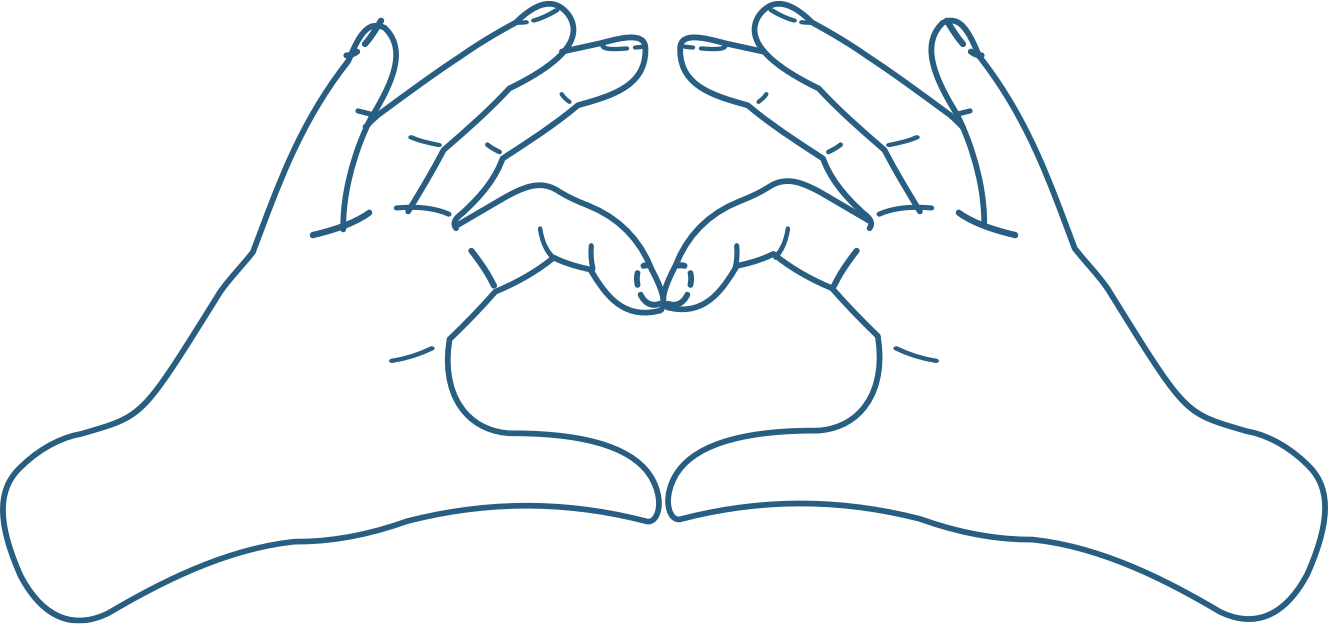Probably not, at least not without taking steroids.
And if it does occur, it’s probably just the result of lifting weights properly for years on end, rather than something you can “turn on.”
Nevertheless, the idea of muscle hyperplasia has been kicking around the bodybuilding space for years now.
This is a technical term that means the formation of new muscle cells (plasia means “formation, growth, or development”), and there’s an ongoing debate as to whether it’s actually possible or not.
Some say that both muscle hypertrophy and hyperplasia contribute to overall muscle growth. Others claim that muscle hyperplasia doesn’t occur at all in humans, and any increase in muscle size is solely due to an increase in the size of individual muscle fibers (hypertrophy).
Who’s right?
If you flip open a physiology textbook, you’ll read that there’s nothing we can do to increase or decrease the number of muscle cells in our bodies—that we can only grow or shrink their size.
And by and large, most studies show that’s the case.
That said, most of these studies were conducted on sedentary people, and there’s some evidence that we may be able to add new muscle cells with enough years of hard strength training.
The first line of evidence comes from animal research, which shows that hyperplasia can occur if you use a sufficiently brutal training protocol.
For example, scientists from the University of Texas found that they could cause a 24% increase in muscle size due to hyperplasia when they attached a weight to a bird’s wing for 30 days.
Although it’s not practical, other research has shown that you can cause hyperplasia in rats by cutting them open and partially destroying the muscles.
The second line of evidence is more convincing.
A few studies have shown that bodybuilders have more total muscle cells than their nonlifting counterparts, which has led some to conclude that their years of hard training may have caused muscle hyperplasia.
While an appealing concept (who wouldn’t like more muscle cells?), there are three problems with these studies:
- We have no idea how many muscle cells everyone had before the study. It’s possible (and perhaps likely) that the bodybuilders in these studies were just born with more muscle cells than the sedentary people.
- The studies didn’t directly measure or demonstrate muscle hyperplasia. Instead, they just found a correlation between bigger muscles and more muscle cells. Muscle hyperplasia may or may not have caused this to occur.
- Most other studies have found that bodybuilders and sedentary people have the same number of muscle cells. This would indicate that most bodybuilders have bigger muscles through growing their existing muscle cells, not adding new ones.
Another confounding variable here is that it’s possible that steroids could have helped bodybuilders grow new muscle cells. For example, in a study conducted by a team of researchers at Umeå University, muscle samples were taken from two groups of powerlifters:
- Those who had used large doses of anabolic steroids for several years.
- Those who had never taken steroids.
After analyzing the muscle tissues, researchers found that the steroid users had significantly more muscle cells than the natties, so it’s possible that you can prompt muscle hyperplasia if you’re willing to inject large doses of #dedication for years on end.
This might also help explain why people who’ve used steroids tend to keep at least some of their chemically enhanced gains years after they stop taking drugs.
Cynical musings aside, it is possible that hyperplasia can occur in humans, but it’s not at all clear if we have much of any control over this. In other words, if it does occur, it’s probably just a side effect of lifting weights properly rather than something you can trigger with “special” diet or training techniques.
There’s also a phenomena related to muscle hyperplasia known as myonuclear domain theory, which describes how muscle cells accumulate more and more nuclei over time, which is one factor that allows them to grow bigger and stronger.
The particulars of how this works are beyond the scope of this article, but the key thing to understand is that this doesn’t involve creating new muscle cells. Instead, it’s simply one of the physiological mechanisms that allows your existing muscle cells to grow larger. (Check out this article if you want to learn more about myonuclear domain theory and how it helps you regain muscle).
So, where does that leave us?
Researchers still aren’t sure whether or not muscle hyperplasia occurs in humans, but if it does, it’s probably not significant enough to make much of a difference in your strength, appearance, or size.
Scientific References +
- Snijders, T., Aussieker, T., Holwerda, A., Parise, G., van Loon, L. J. C., & Verdijk, L. B. (2020). The concept of skeletal muscle memory: Evidence from animal and human studies. In Acta Physiologica (Vol. 229, Issue 3). Blackwell Publishing Ltd. https://doi.org/10.1111/apha.13465
- Yu, J. G., Bonnerud, P., Eriksson, A., Stal, P. S., Tegner, Y., & Malm, C. (2014). Effects of long term supplementation of anabolic androgen steroids on human skeletal muscle. PLoS ONE, 9(9), 105330. https://doi.org/10.1371/journal.pone.0105330
- Kadi, F., Eriksson, A., Holmner, S., & Thornell, L. E. (1999). Effects of anabolic steroids on the muscle cells of strength-trained athletes. Medicine and Science in Sports and Exercise, 31(11), 1528–1534. https://doi.org/10.1097/00005768-199911000-00006
- SCHANTZ, P., FOX, E. R., NORGREN, P., & TYDÉN, A. (1981). The relationship between the mean muscle fibre area and the muscle cross‐sectional area of the thigh in subjects with large differences in thigh girth. Acta Physiologica Scandinavica, 113(4), 537–539. https://doi.org/10.1111/j.1748-1716.1981.tb06934.x
- Håggmark, T., Jansson, E., & Svane, B. (1978). Cross-sectional area of the thigh muscle in man measured by computed tomography. Scandinavian Journal of Clinical and Laboratory Investigation, 38(4), 355–360. https://doi.org/10.3109/00365517809108434
- MacDougall, J. D., Sale, D. G., Alway, S. E., & Sutton, J. R. (1984). Muscle fiber number in biceps brachii in bodybuilders and control subjects. Journal of Applied Physiology Respiratory Environmental and Exercise Physiology, 57(5), 1399–1403. https://doi.org/10.1152/jappl.1984.57.5.1399
- Alway, S. E., Grumbt, W. H., Gonyea, W. J., & Stray-Gundersen, J. (1989). Contrasts in muscle and myofibers of elite male and female bodybuilders. Journal of Applied Physiology, 67(1), 24–31. https://doi.org/10.1152/jappl.1989.67.1.24
- Larsson, L., & Tesch, P. A. (1986). Motor unit fibre density in extremely hypertrophied skeletal muscles in man - Electrophysiological signs of muscle fibre hyperplasia. European Journal of Applied Physiology and Occupational Physiology, 55(2), 130–136. https://doi.org/10.1007/BF00714994
- Gollnick, P. D., Timson, B. F., Moore, R. L., & Riedy, M. (1981). Muscular enlargement and number of fibers in skeletal muscles of rats. Journal of Applied Physiology Respiratory Environmental and Exercise Physiology, 50(5), 936–943. https://doi.org/10.1152/jappl.1981.50.5.936
- Alway, S. E., Winchester, P. K., Davis, M. E., & Gonyea, W. J. (1989). Regionalized adaptations and muscle fiber proliferation in stretch-induced enlargement. Journal of Applied Physiology, 66(2), 771–781. https://doi.org/10.1152/jappl.1989.66.2.771
- Goodman, C. A., Frey, J. W., Mabrey, D. M., Jacobs, B. L., Lincoln, H. C., You, J. S., & Hornberger, T. A. (2011). The role of skeletal muscle mTOR in the regulation of mechanical load-induced growth. Journal of Physiology, 589(22), 5485–5501. https://doi.org/10.1113/jphysiol.2011.218255










